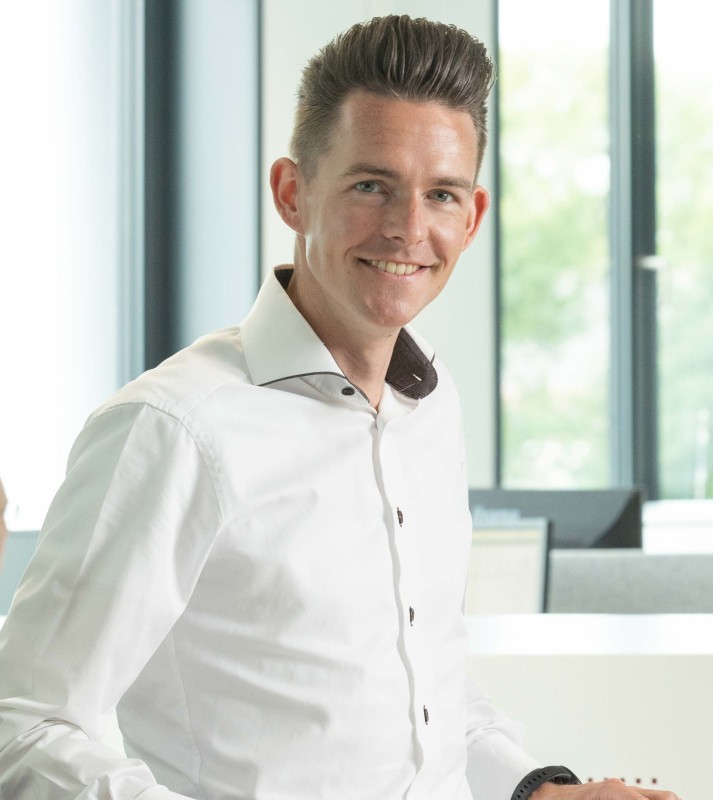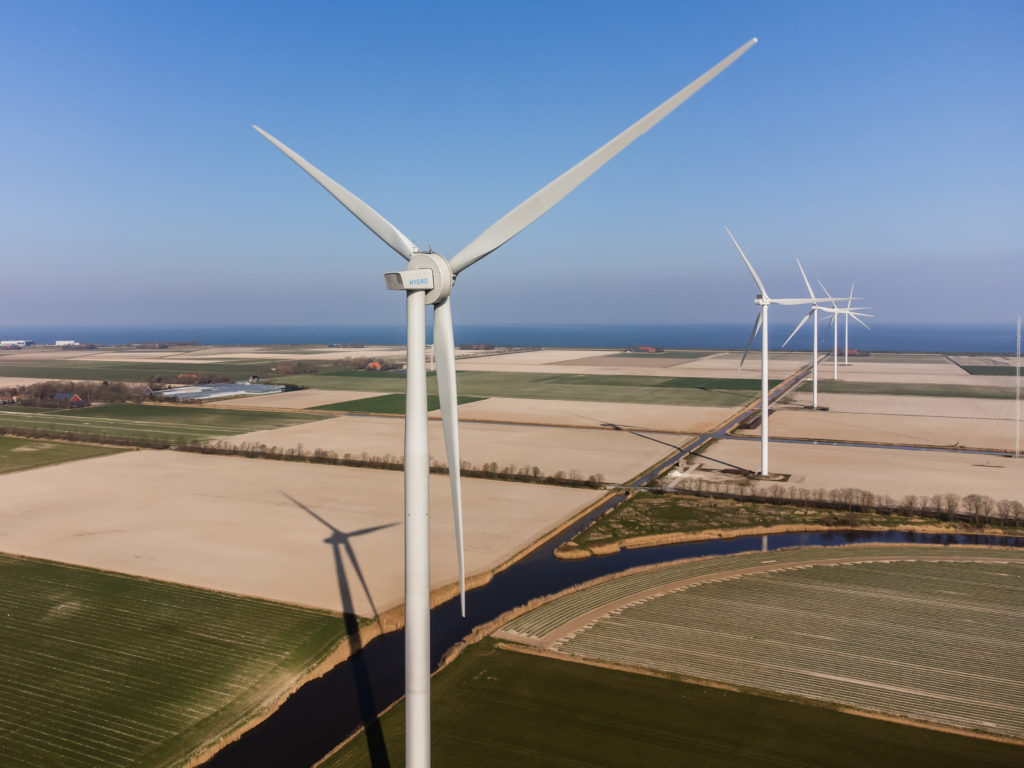On Tuesday 7 May, we will be guests at ECW Energy with H2 Kenniscafé. In this meeting, we will learn more about interesting hydrogen initiatives in the region and we will consider the spatial impact and permit procedures that are part of these initiatives. Gijs van Diepen, manager customer & market at ECW Energy, is one of the speakers.

1 – ECW Energy is involved in progressive projects, such as geothermal energy and temporary underground storage of rainwater. Can you tell us more about this?
“With ECW Energy we were indeed a pioneer in the field of geothermal energy. Only we sold this part last year. That freed up our hands for new developments. A good example is Waterbank Agriport. In this project we collect rainwater from the roofs of greenhouses and data centers for underground storage. In the summer we can supply the water back; for watering plants in the greenhouses and as cooling water for the data centers. They then do not have to use the drinking water supply.”
2 – To what extent is hydrogen part of ECW Energy's vision for the future?
“Hydrogen could very well be the next discipline that we will realize at Agriport A7. We are currently working on a study into the use of hydrogen for the emergency power supply of a data center. We are also investigating what a hydrogen ecosystem at Agriport A7 could look like. Considering that Agriport A7 is an energy hub, it is obvious that we also look at hydrogen.”
3 – In your view, how sustainable is the use of hydrogen in the energy mix?
“Hydrogen can be sustainable, provided it is produced with renewable energy from wind and solar energy. In the coming years, a huge amount of electricity will be added, especially when 21GW of offshore wind production is ready in 2030 and the construction of solar panels continues at this speed. It already happens regularly that there is more supply than demand. You can then switch off production, but you can also use it to make hydrogen. At times of high demand, you can use that hydrogen again to produce electricity. Every conversion is accompanied by loss, this is often the focus of discussions. But if you compare this to switching off production, you are suddenly no longer talking about loss.”
4 – What role do you see for hydrogen in the energy mix?
“Hydrogen is not the holy grail for every application. An important one is balancing the energy grid. The supply of wind and sun varies greatly and that is why we continue to need power stations that keep the grid in balance. At Agriport A7 we do this with so-called CHP systems that run on gas and ensure a stable supply of electricity. You could run those CHPs on hydrogen. In addition, hydrogen offers the possibility of temporarily storing energy, as I described above. We can also do this at Agriport A7. We can use the hydrogen ourselves or supply it to customers, such as industry.”


5 – What can you say about the spatial impact of hydrogen, for example through the placement of wind turbines and electrolysers and the construction of infrastructure?
“The spatial impact of hydrogen is certainly a point of attention. But it is not the case that gigantic constructions are being built. As for the infrastructure, we want to connect to the hydrogen backbone that runs next to our building. The connection to the network has little spatial impact and any distribution network will be constructed underground.
“The electrolyser has a greater impact, although this depends largely on the type and capacity. National studies assume that 15 hectares of space is needed for a 1GW electrolyser. We are looking at a 20MW electrolyser, which is fifty times smaller. In which we want to use the residual heat released during electrolysis in greenhouse horticulture and the purified rainwater from our water bank for the electrolyser. In that sense, I am a great supporter of decentralised hydrogen production, where you create coupling opportunities with the environment.”
During H2 knowledge café we will discuss a number of interesting hydrogen initiatives in the region and we will consider the spatial impact and permit procedures that are associated with these initiatives. Topics will include the hydrogen chain 'from wind to wheel', Fieldlab Hydrogen in Agri and the plans for the development of a hydrogen ecosystem on and around Agriport A7.
Register on the WaterstofNHN community (log in and go to Events), see the button below.